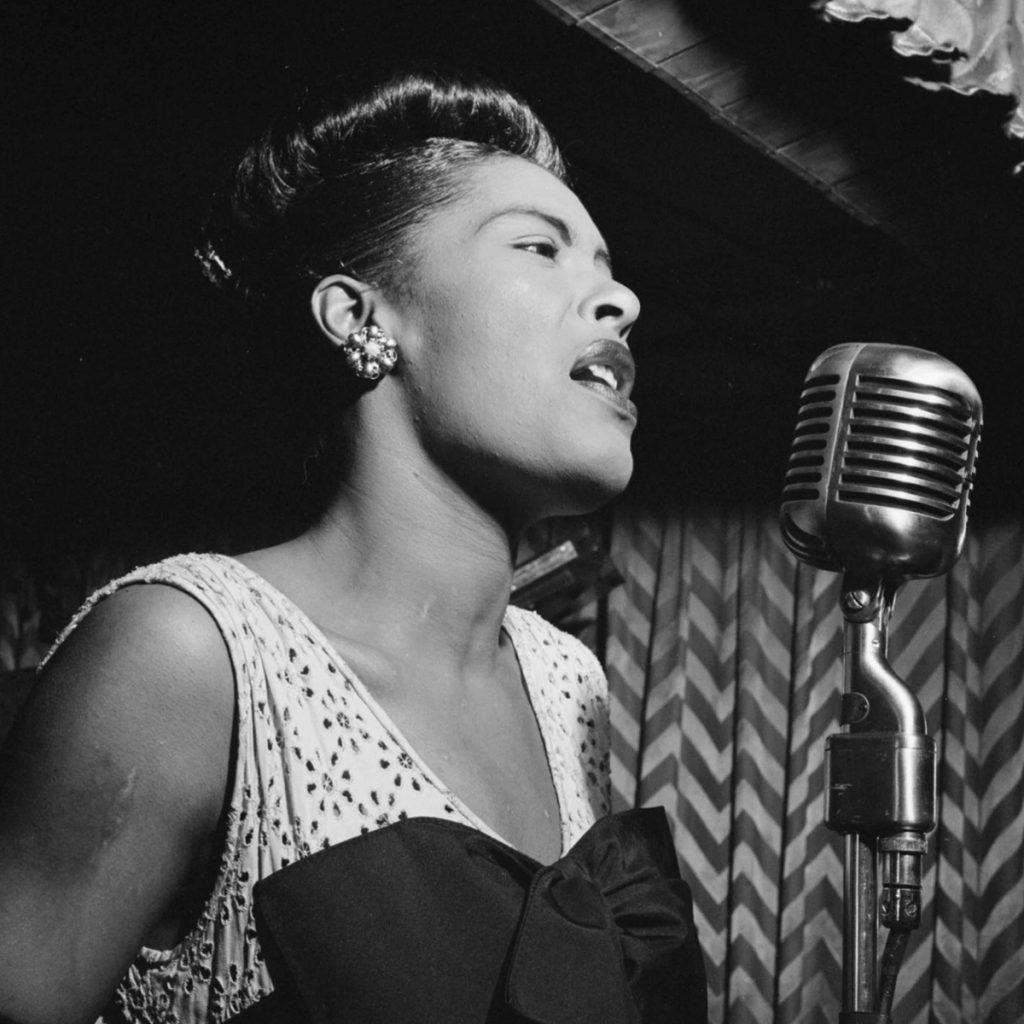Mood NYC
Two designers’ collaborative vision for skateboards and beyond

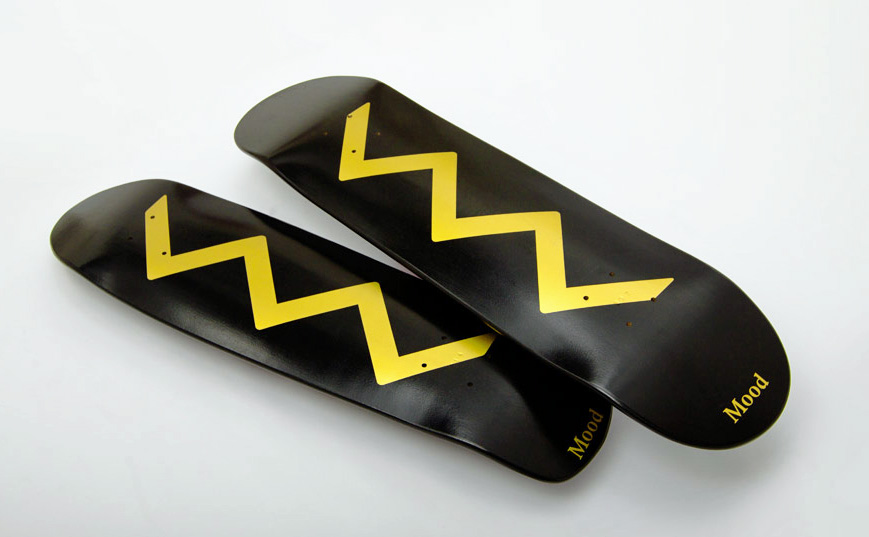
“By giving our artists and designers control and not trying to fit their work into a preconceived idea of what Mood is we hope to produce genuine products that bring something new to skateboarding.” -Calvin Waterman
When designers and lifelong skateboarders Calvin Waterman and Grandison Taber decided to launch their own skate company, they found inspiration in a common design resource, the mood board. As a way of conveying a certain sentiment across multiple disciplines, materials and ideas, the mood board symbolizes Waterman and Taber’s interest in creating a label that manifests a collective vision. By tapping other artists and designers to contribute, the enterprising duo hope Mood NYC is as expressive and multidimensional as skateboarding itself.
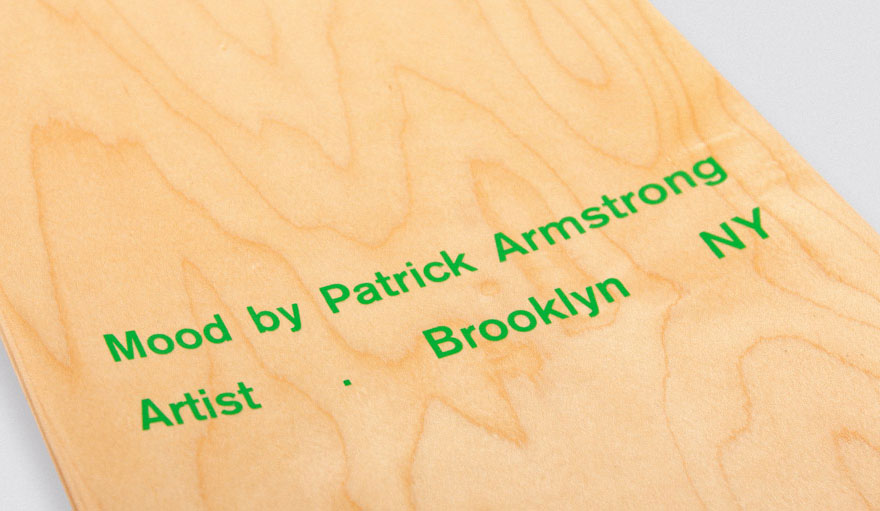
“We want the people we work with to explore and develop the product, to push it in ways we would not,” explains Waterman. “What we love about this project is that it is not fixed, it can grow in any direction and gives the people we work with complete control over their product. Each item is an opportunity for them to explore their ideas in a new medium and have it presented in a new context.”
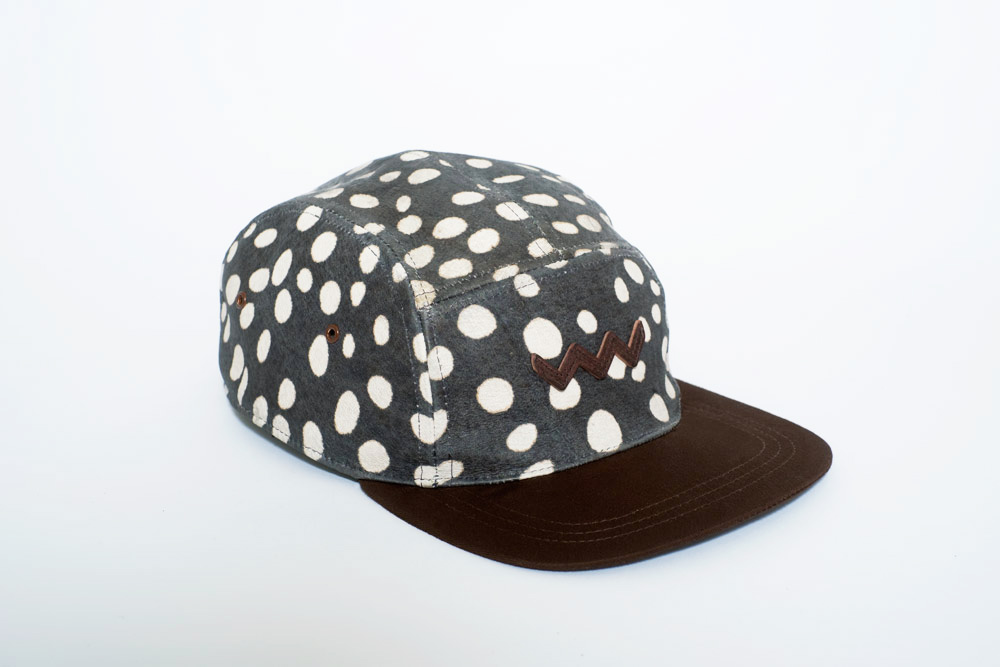
The Brooklyn-based designers recognize they are entering into a competitive industry and that collaborative skate companies aren’t a new phenomenon. However, Waterman and Taber hope to differentiate themselves by letting their collaborators rather than their product dictate the direction of Mood. “By giving our artists and designers control and not trying to fit their work into a preconceived idea of what Mood is we hope to produce genuine products that bring something new to
skateboarding,” says Waterman.
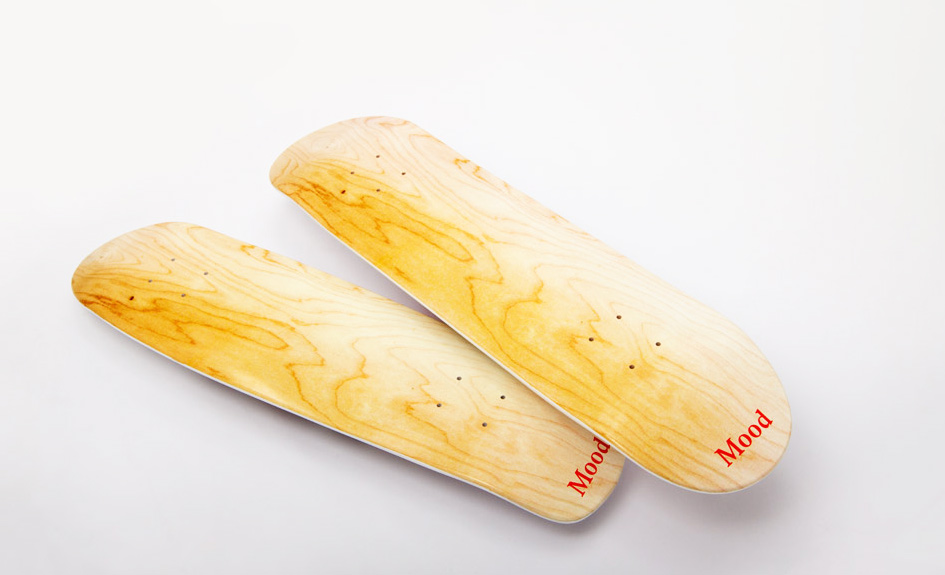
They recently worked on products with Swiss graphic designer Simone Niquille and Brooklyn painter Patrick Armstrong. “When we asked Simone to work with us we had no idea what she would do, she is a designer that solves problems in unexpected ways, that are crafted and considered,”says Waterman. “For her skateboard, she went through many design stages, going so far as to execute whole photo shoots. It was great for us to see how committed she was to her design practice. In the end, it’s rad to think the solution was staring us in the face the whole time, creating a skateboard with the faux surface of a blank skateboard, a simple but brilliant idea and something we would never think of.”
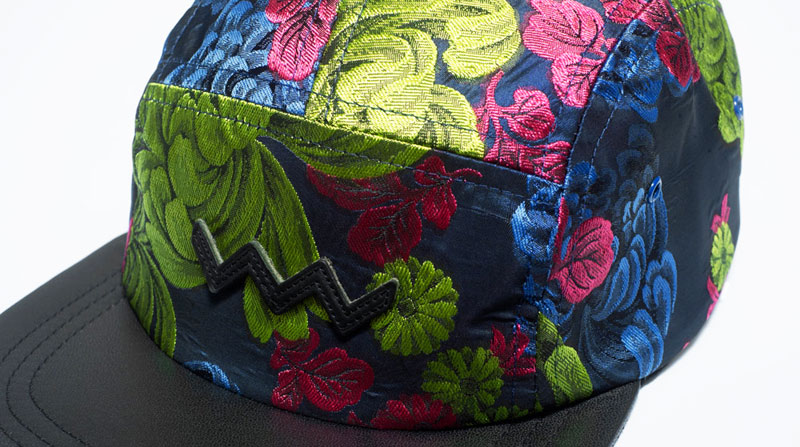
Not limiting themselves to decks, Mood also collaboratively produces accessories, such as five-panel hats. “Patrick, who just finished a board for us, is now working on a hat that directly incorporates his studio practice,” says Waterman. “He is an artist who primarily mixes screen printing and oil in his paintings. For Mood, he is working on hand printing all the fabric for a hat in a similar fashion. We are really excited to directly incorporate the hand of the artist into our product.”
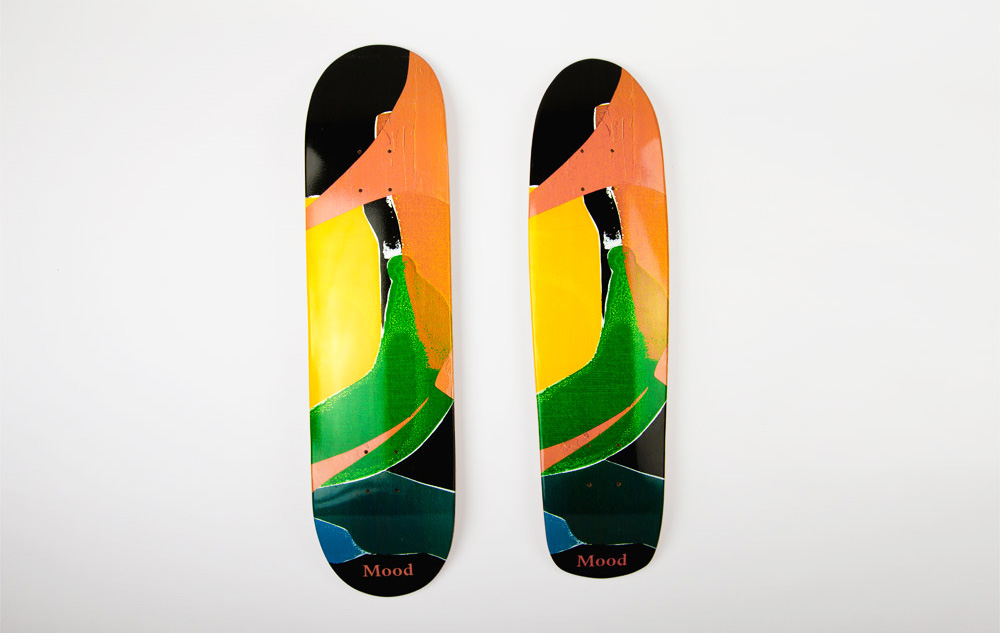
Although experimental in their designs, Waterman and Taber are inflexible about quality and the importance of consistency. To meet their own high standards, every Mood board is handcrafted from 100% maple wood, and then fully dipped before any graphic is applied. Their art-focused boards are still designed to be skated, and each deck comes in a variety of sizes and is also available as a cruiser. Priced at $50 each, Mood NYC’s entire collection is available to shop on their website.


